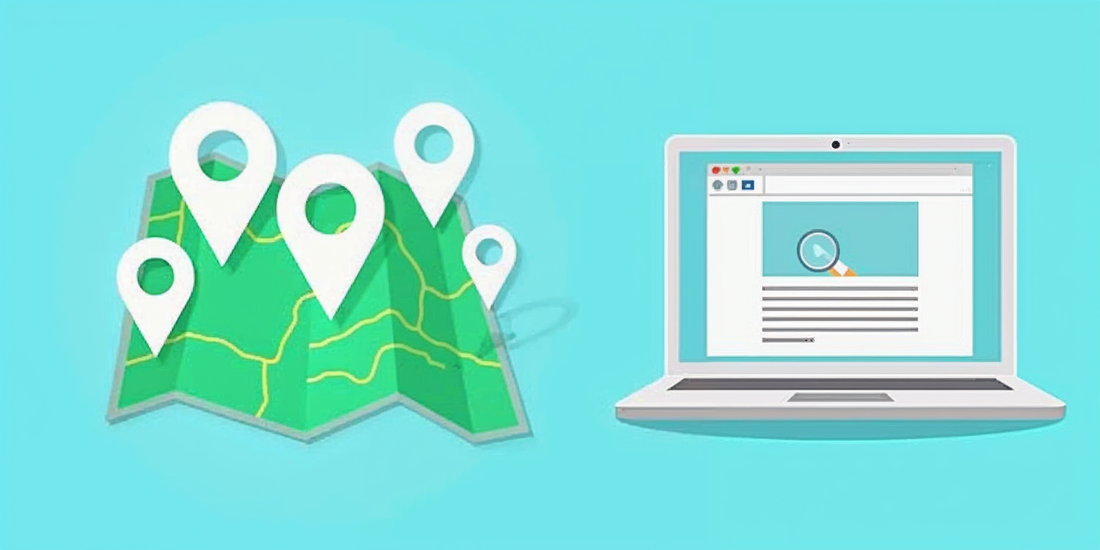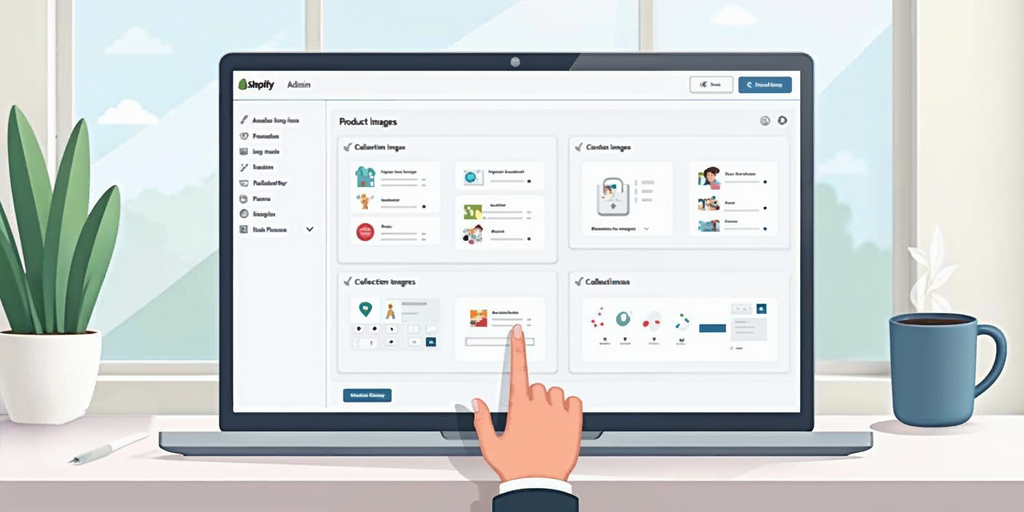How to Create Content for Local Landing Pages for SEO

Creating content for local landing pages is one of the smartest strategies to boost your local SEO. It’s not just about putting up a page with your business location; it’s about optimizing it so that it rises to the top of search results. Whether you’re a small business or a multi-location company, local SEO landing pages can pull in customers who are actively searching for your services in specific areas. In this guide, we'll walk you through how to create content for local landing pages for SEO that stands out and drives traffic.
Let’s get straight into it.
What Are Local Landing Pages, and Why Do They Matter for SEO?
Local landing pages are web pages designed to rank for searches related to specific locations. Think of searches like "plumber in Miami" or "best pizza near me." These pages help businesses appear in Google’s local search results, including the Google 3-Pack—those three top results with a map that grab attention.
Local landing pages give your business a chance to dominate for location-specific queries, driving foot traffic and online conversions. According to research, businesses that rank well locally can see a 612% increase in traffic compared to those stuck on the second page of Google.
How Local SEO Works for Local Landing Pages
Google loves showing users local results when their search intent involves finding something nearby. This is why optimizing your location landing pages is key to boosting visibility. It all boils down to creating location-specific content that Google finds relevant and useful for local searchers.
Let’s dive deeper.
Researching Your Audience and Targeting the Right Local Keywords
Before you start writing, know who you’re talking to. It’s easy to assume that you understand your audience, but digging into data will give you an edge. Use tools like Google Analytics 4 (GA4) to find out where your traffic is coming from. Are most of your visitors from specific cities? Which services or products do they look for the most?
Once you have this information, move on to local keyword research.
Finding the Right Keywords for Local SEO
Keyword research is the bedrock of any SEO strategy. For location pages SEO, focus on keywords that mix your service with a location. For instance, instead of just “dentist,” you want keywords like “best dentist in Miami” or “affordable dentist near me.” Tools like Google Keyword Planner and Ahrefs can help you spot those goldmine keywords.
Once you have your keywords, strategically place them in key locations:
- Title tags
- Meta descriptions
- Headings (H1, H2, etc.)
- First 100 words of your content
- URLs
By optimizing these elements, you're telling Google exactly what the page is about—and that’s a huge deal.
Crafting Unique, Location-Specific Content for Each Page
Here’s the thing: Google hates duplicate content. So, creating a bunch of identical pages with just the city name swapped out is a one-way ticket to obscurity in search results. You need to create content for local landing pages that’s relevant and unique for each location.
Avoiding Duplicate Content
It’s tempting to just copy and paste content across your location pages, but this can get your site penalized. Instead, write localized landing pages by incorporating:
- Local landmarks
- Community events
- Area-specific services
- Customer testimonials from that location
For example, if you run a plumbing company in both Dallas and Austin, mention something specific to Dallas on the Dallas page—like common plumbing issues during hot Texas summers—and something unique to Austin for that page.
Address Local Needs
When crafting your content, keep the local audience in mind. What are their concerns, and how can your product or service solve them? Do customers in a particular city care more about one type of service over another? Tailor your copy to answer these questions.
Optimizing Meta Tags and URL Structures for Local SEO
The meta title and description are your first impression. Get them wrong, and you won’t get clicks. Get them right, and your page could soar to the top.
Crafting Optimized Meta Tags
For local SEO landing pages, your meta title should include your target keyword and location. Keep it under 60 characters so it’s not cut off in search results. Your meta description, which should be around 160 characters, is the teaser that persuades people to click through.
Example:
- Title: Best Plumber in Dallas | Same-Day Service Available
- Description: Need a reliable plumber in Dallas? Our experts offer same-day service. Call now for a free estimate!
Clean, Keyword-Rich URLs
A simple, clean URL helps Google understand the page’s content. Use your keyword and location in the URL but keep it concise. Avoid unnecessary numbers or characters.
Example:
- Correct: example.com/dallas-plumber
- Incorrect: example.com/plumber-in-dallas-01234
This approach boosts your page’s visibility in search engines and makes it user-friendly.
Using Visuals to Boost SEO and Engagement
Visuals can do more than make your page look good—they can also improve your SEO. But they need to be optimized.
Optimize Your Images with Alt Text
Search engines can’t “see” images, so they rely on alt text to understand what an image is about. Use descriptive alt text that includes local keywords.
Example: If you have an image of your plumbing team working on-site in Austin, your alt text might be: “Austin plumber fixing residential leak.”
Use Local Photos
Skip the stock photos. They won’t resonate with your local audience. Instead, use actual photos of your business, team, or work done in the local area. This builds trust and keeps users on your page longer—two factors that Google loves.
Embedding Google Maps and Maintaining NAP Consistency
One of the most overlooked parts of local SEO is your Name, Address, and Phone number (NAP) consistency. Google cross-references this information across the web, so it needs to match everywhere.
NAP Consistency
Make sure your business’s NAP is consistent across your website, Google Business Profile, and online directories. This helps Google connect your local landing pages to your physical location.
Embedding Google Maps
Adding a Google Map to your landing page makes it easy for potential customers to find you. It also sends a strong local signal to search engines. Just search your business on Google Maps, click Share, then Embed a map, and drop the code into your landing page.
Building Trust with Local Reviews and Social Proof
People trust reviews. Including customer reviews on your local landing pages adds credibility and helps convert visitors. Even better, location-specific reviews have a stronger local SEO impact.
Showcase Local Testimonials
If you’re running a business with multiple locations, use testimonials from local customers on each page. For example, a review from a satisfied Dallas customer on the Dallas page will be far more compelling than a generic testimonial.
You can also encourage customers to leave reviews on your Google Business Profile, which strengthens your local search presence even further.
Implementing Schema Markup for Local SEO
Adding schema markup to your local landing pages gives Google more context about your business. It’s like giving search engines a cheat sheet to understand your business, and it often leads to rich results—such as showing your business’s location or hours directly in search results.
Adding LocalBusiness Schema
Include LocalBusiness schema markup on your landing page to highlight your business’s name, address, phone number, opening hours, and more. You can use tools like Google’s Structured Data Markup Helper to create the code.
"@context": "http://schema.org",
"@type": "LocalBusiness",
"name": "Best Plumber Dallas",
"address": {
"@type": "PostalAddress",
"streetAddress": "123 Main St",
"addressLocality": "Dallas",
"addressRegion": "TX",
"postalCode": "75001"
},
"telephone": "+1-123-456-7890"
}
Here’s a quick example:
Speed and Mobile Optimization for Better Rankings
With mobile searches making up more than 60% of all Google searches, your page must be mobile-friendly. Slow-loading pages lose visitors and suffer in rankings.
Optimize for Mobile Devices
Test your pages using Google’s Mobile-Friendly Test tool. Make sure text is easy to read without zooming, buttons are easy to tap, and images load quickly. Every second counts, especially for users on the go.
Improve Page Speed
Use tools like Google PageSpeed Insights to analyze and optimize your page speed. Compress images, leverage browser caching, and minimize redirects to improve load times.
Testing and Analytics: Refining Your Local SEO Strategy
Once your local landing pages are live, the work isn’t over. You need to track how they perform and make improvements over time.
A/B Testing for Conversions
Experiment with different CTAs, headlines, and layouts to see what gets the best results. A tool like Google Optimize allows you to run A/B tests and tweak elements based on data, not guesswork.
Monitor Key Metrics
Use Google Analytics and Search Console to track:
- Traffic (overall and from specific locations)
- Bounce rates
- Conversion rates (e.g., form submissions, calls, etc.)
Constant improvement is the key to keeping your local landing pages relevant and high-performing.
Conclusion
Creating effective content for local landing pages is more than just adding a location to your services page. It’s about optimizing every aspect—from keywords to visuals to mobile performance—to ensure that your business ranks well and attracts local customers.
Don’t skip the critical steps of keyword research, local testimonials, and using schema markup. When done right, your local landing pages can become conversion powerhouses, pulling in customers and driving growth.
Are you ready to create local landing pages that work for your business? Start today and watch your local search rankings skyrocket!
Share via



